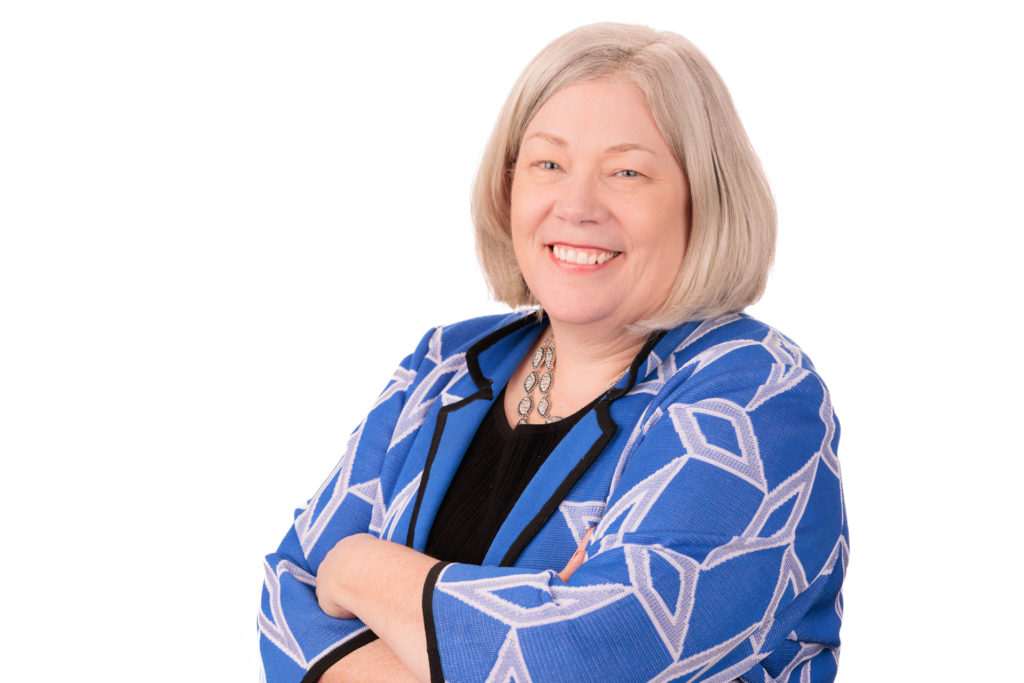A national wave of women taking hold of leadership positions in higher education reached GW this month with the selection of Ellen Granberg as the next University president.
Granberg’s appointment falls in line with a trend across higher education institutions that have selected women presidents over the past six years, including Penn State, Fordham and American universities and the universities of Southern California and Rochester. Experts said while women are still disproportionately underrepresented in positions of leadership at higher education institutions, Granberg, the first female president in GW’s 200-year history, signals a step away from GW’s record of male-dominated leadership.
Times Higher Education, a source of data on worldwide higher education, reported that 43 of the top 200 universities in their 2022 World University Rankings have named a female president, up from 34 universities in 2018.
Ann Marcus, a professor of higher education and the director of New York University’s Steinhardt Institute of Higher Education Policy, said while there are fewer female leaders in higher education, presidential hires within the last year at elite institutions – like Claudine Gay, the incoming president at Harvard University, and Minouche Shafik, the incoming president at Columbia University – are leading the way. Marcus said Granberg’s experience working closely with faculty as a provost is highly valuable and has prepared her well for the presidency.
“A new president should co-create a vision with the faculty, the trustees and the students,” she said.
Tania Reis, an associate professor of organizational learning and leadership at Gannon University, said federal legislation like Title IX of the Education Amendments of 1972, which prohibits discrimination based on pregnancy, gender and sexual orientation in any educational program, opened the door for gender equity in leadership positions in higher education.
“I start there because that is the most impactful federal law or set of federal laws that open the doors for women to have any type of equal access and equal treatment in higher ed,” she said.
Reis said since 1972, higher education institutions have started confronting their implicit bias and began to expand on the diversity of those in leadership positions.
“That includes leaders from different ethnic and racial backgrounds and women leaders,” she said. “And that is helping women at least feel more comfortable in these high-profile leadership positions.”
Mary Churchill, the program director of higher education administration at Boston University’s Wheelock School of Education and Human Development, said to increase diversity on campus, students and faculty should push for equity in other governing bodies like the Board of Trustees, not just the presidency.
“Institutions are not very transparent around that,” she said. “Most people can tell you the race and gender of the college president, but people don’t always know the same for the Board of Trustees.”
Churchill said men still outnumber women in the presidency at colleges and universities across the country, but there has been increasing pressure from women, who represent the majority of students in higher education, to diversify hires in senior leadership roles. In 2022, 62.3 percent of students enrolled at GW identified as female, according to University data.
“The increase in the percentage of women’s students at all levels – undergraduate, graduate and Ph.D. – helped increase women in the faculties and then in senior leadership roles,” she said.
As of 2020, the amount of universities that have selected a female leader has plateaued at 32 percent, according to the College and University Professional Association for Human Resources.
Churchill said a common “one and done” phenomenon shows many universities fail to continue diversifying their leadership after hiring their first female leader even though the majority of doctorate recipients are women. In 2016, 80 percent of university presidents in the country earned a doctorate.
Churchill said administrators cannot lead a university like GW without working collaboratively together, which makes Granberg’s background with faculty a good sign for the University.
“I’m super excited for GW and Granberg’s presidency,” she said. “It’s an exciting time, and it’s about time.”
Fiona Riley and Jackson Rickert contributed reporting.







